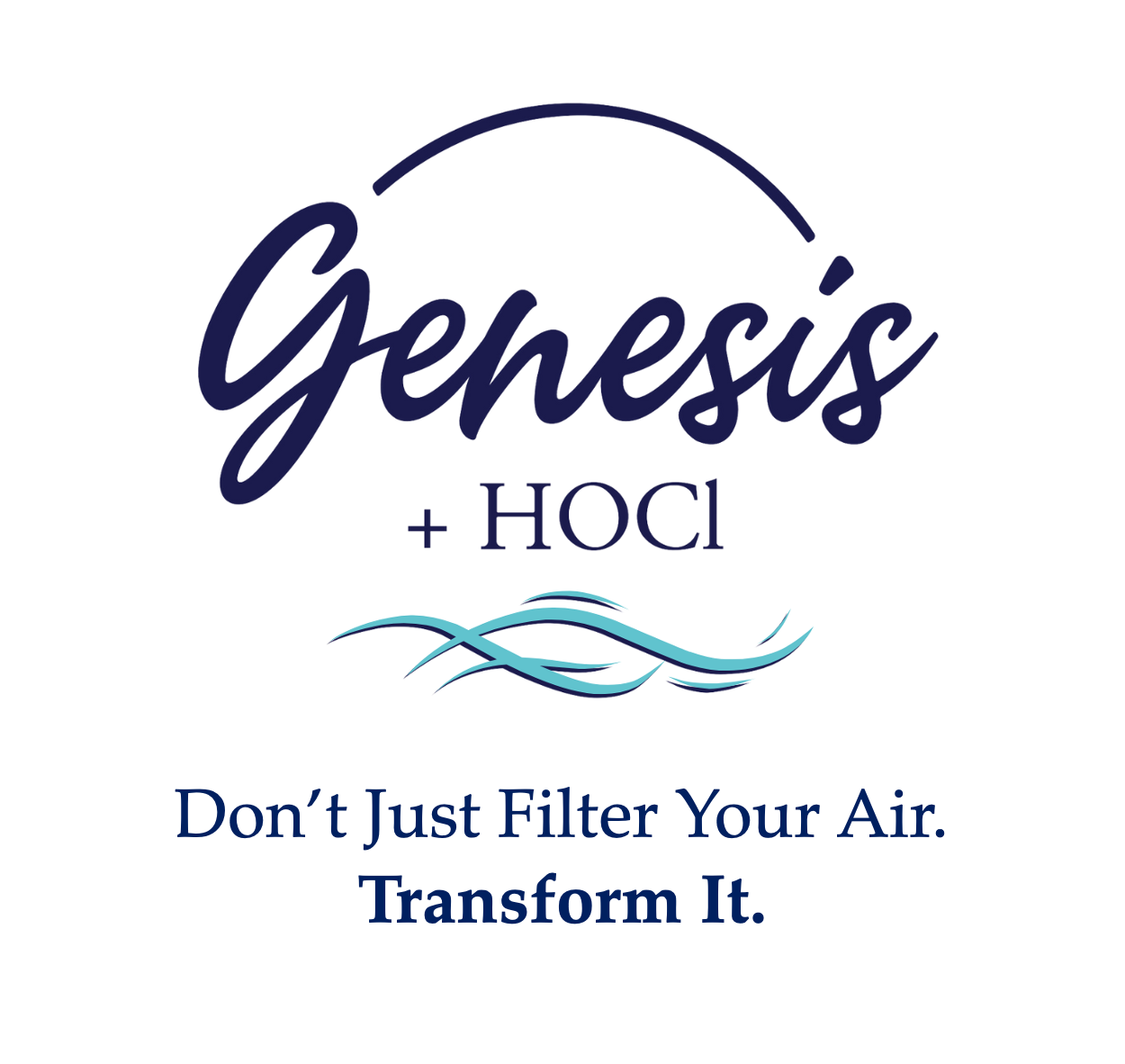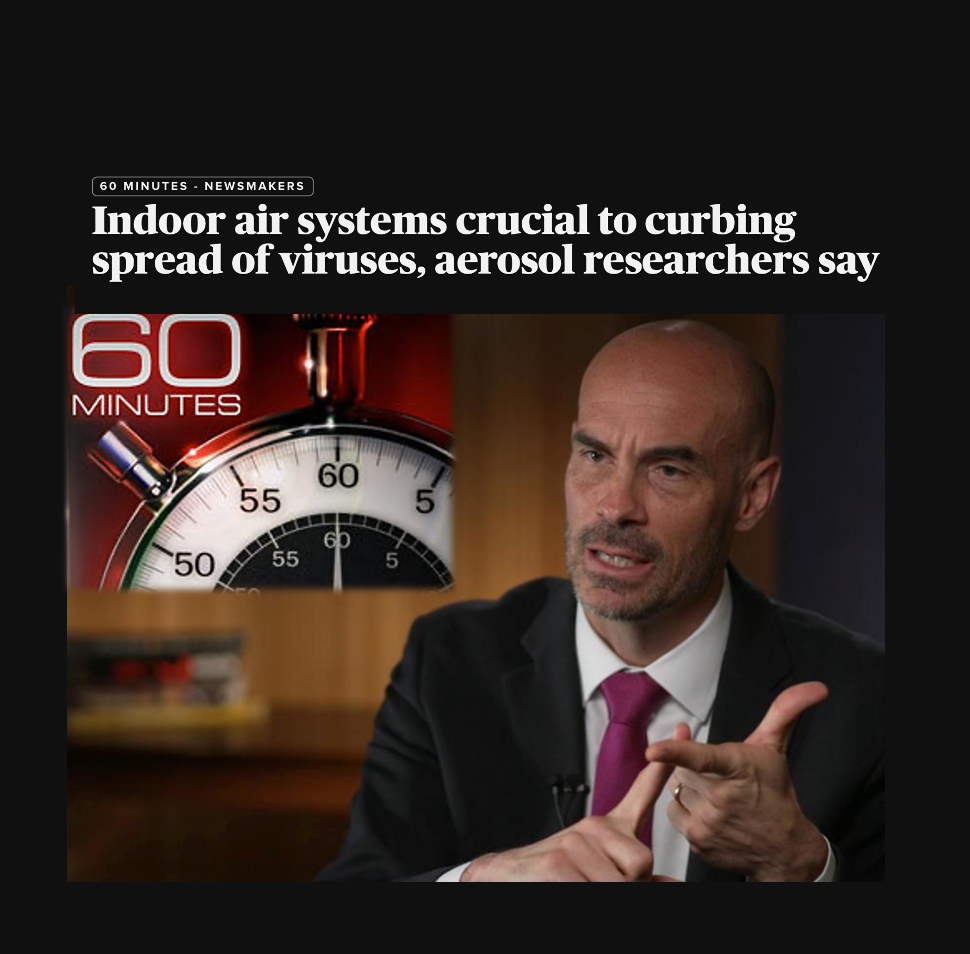HOCl: Nature’s Most Powerful yet Most Misunderstood Solution
It’s rare for a product to be both so safe, yet so incredibly effective that it’s often misunderstood—but that’s exactly the paradox of hypochlorous acid (HOCl).
In the world of chemistry, HOCl occupies a space unlike any other. It’s naturally produced by the human immune system to help defend against harmful invaders, yet it’s gentle enough to be used on newborn skin, in wound care, and even as an eye and oral rinse. It’s one of the most effective antimicrobial substances ever discovered, yet it’s also non-toxic, biodegradable, and completely safe for people, pets, and the planet.
So how can something this remarkable be so misunderstood?
A Case of Regulatory Confusion
Much of the confusion surrounding HOCl stems from the way it’s classified. Chemically, it’s simple—a combination of hydrogen, oxygen, and chlorine—but in regulatory terms, it straddles two very different worlds.
On one hand, HOCl is an EPA-registered disinfectant, approved for use on both List N (for products effective against COVID-19) and List Q (for emerging viral pathogens). This means that at certain concentrations and formulations, HOCl is recognized by the Environmental Protection Agency as effective at killing bacteria, viruses, and fungi.
But here’s the catch: once a product is labeled or marketed as a disinfectant, it must follow the EPA’s pesticide regulations—the same category that governs chemical agents used to kill insects or weeds. That’s because “disinfection” is defined by the EPA as a pesticidal claim—the destruction of microbes.
And this is where HOCl’s paradox begins.
When Nature Meets Bureaucracy
HOCl is not a chemical pesticide in any traditional sense. It doesn’t poison microbes; it oxidizes them, breaking down their structure in the same natural way our white blood cells neutralize pathogens inside the body. There’s nothing synthetic or residual about it—it simply reverts back to a mild saline solution after use.
Yet because it can kill microbes, the EPA places HOCl in the same category as harsh, synthetic disinfectants. Ironically, its gentleness is what makes it such an awkward fit. You can use HOCl on the most sensitive skin, even inhale its mist safely when atomized, but if you label it as a “disinfectant,” it must carry all the warnings and restrictions of much harsher chemicals.
The Green Paradox
At the same time, HOCl is endorsed and certified by numerous green and organic organizations—including Green Seal and the Organic Materials Review Institute (OMRI)—for its environmental safety. It is 100% biodegradable, contains no alcohols or synthetic fragrances, and produces no harmful residues. It can be poured down the drain or sprayed into the air without fear of harming ecosystems or waterways.
This dual identity—recognized by the EPA as a disinfectant yet embraced by environmental agencies as a natural cleaner—creates a unique problem. How do you categorize something that is both?
As a result, many companies, including Genesis+HOCl, choose not to pursue EPA registration for their atomizing products. That’s not because the chemistry is different—it’s the same HOCl molecule at the same ppm concentration—but because atomization introduces another regulatory layer. The EPA does not currently recognize “airborne disinfection” for naturally derived compounds, so products designed for air and surface protection must be described without “kill” or “disinfect” language.
Safe Enough for a Newborn, Powerful Enough for a Hospital
Despite the regulatory tangle, the real-world record of HOCl speaks for itself. It’s used in hospitals for wound irrigation, dental clinics for surface cleaning, and even in neonatal care for its gentle antimicrobial properties. It’s found in agriculture for soil and plant health, and in animal care for controlling odors and environmental contaminants—all without toxic residues or lingering risks.
In other words, it’s the rare molecule that can both heal and clean, depending on how it’s applied.
A Solution That Defies Labels
HOCl’s story isn’t just one of science—it’s a story of rediscovery. In an era increasingly focused on sustainability and health, HOCl represents what happens when nature and technology align.
Perhaps it’s not that HOCl doesn’t fit our existing definitions—it’s that our definitions haven’t caught up.
As understanding grows, one thing remains clear: HOCl’s power lies not in its classification, but in its balance—as nature’s most powerful yet most misunderstood solution.



Share:
Atomized HOCl’s Potential in Protecting Nose, Throat, and Lungs